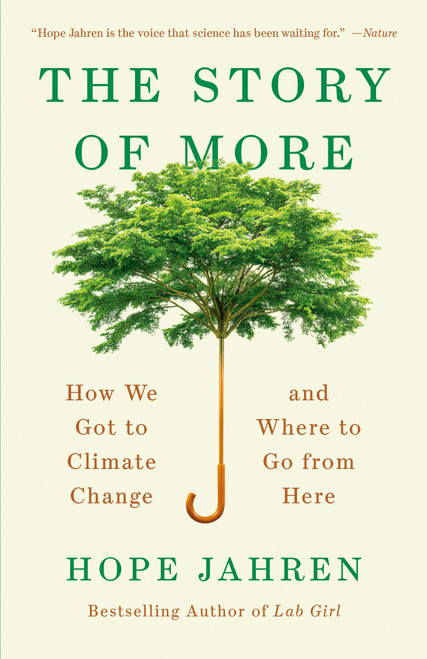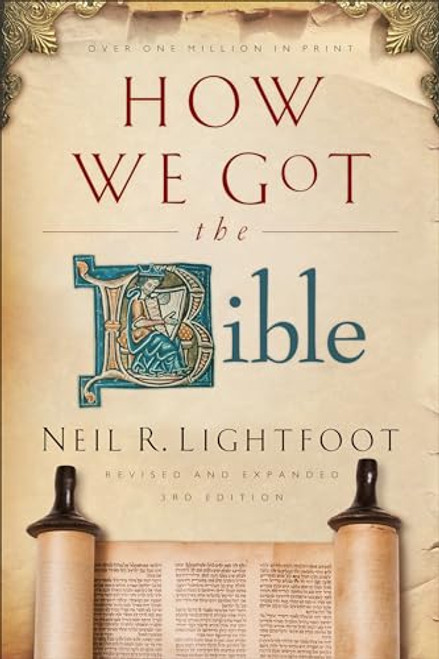INSTANT NEW YORK TIMES BESTSELLER A new masterpiece from one of my favorite authors [How The World Really Works] is a compelling and highly readable book that leaves readers with the fundamental grounding needed to help solve the worlds toughest challenges.Bill Gates Provocative but perceptive . . . You can agree or disagree with Smilaccept or doubt his just the facts posturebut you probably shouldnt ignore him.The Washington Post An essential analysis of the modern science and technology that makes our twenty-first century lives possiblea scientist's investigation into what science really does, and does not, accomplish. We have never had so much information at our fingertips and yet most of us dont know how the world really works. This book explains seven of the most fundamental realities governing our survival and prosperity. From energy and food production, through our material world and its globalization, to risks, our environment and its future, How the World Really Works offers a much-needed reality checkbecause before we can tackle problems effectively, we must understand the facts. In this ambitious and thought-provoking book we see, for example, that globalization isnt inevitablethe foolishness of allowing 70 per cent of the worlds rubber gloves to be made in just one factory became glaringly obvious in 2020and that our societies have been steadily increasing their dependence on fossil fuels, such that any promises of decarbonization by 2050 are a fairy tale. For example, each greenhouse-grown supermarket-bought tomato has the equivalent of five tablespoons of diesel embedded in its production, and we have no way of producing steel, cement or plastics at required scales without huge carbon emissions. Ultimately, Smil answers the most profound question of our age: are we irrevocably doomed or is a brighter utopia ahead? Compelling, data-rich and revisionist, this wonderfully broad, interdisciplinary guide finds faults with both extremes. Looking at the world through this quantitative lens reveals hidden truths that change the way we see our past, present and uncertain future.
How the World Really Works: The Science Behind How We Got Here and Where We're Going
MSRP:
Was:
Now:
$18.89 - $27.18
(You save
)
(No reviews yet)
Write a Review

Write a Review

How the World Really Works: The Science Behind How We Got Here and Where We're Going
- SKU:
- UPC:
- 9780593297063
- Maximum Purchase:
- 2 units
- Binding:
- Hardcover
- Publication Date:
- 5/10/2022
- Release Date:
- 5/10/2022
- Author:
- Smil, Vaclav
- Language:
- English: Published; English: Original Language; English
- Pages:
- 336

Vintage
The Story of More: How We Got to Climate Change and Where to Go from Here
MSRP:
Was:
Now:
$10.85 - $17.39

Begin Again: How We Got Here and Where We Might Go - Our Human Story. So Far.
MSRP:
Was:
Now:
$22.36 - $34.46

Delacorte Press
The Story of More (Adapted for Young Adults): How We Got to Climate Change and Where to Go from Here
MSRP:
Was:
Now:
$11.97 - $24.86

Vintage
Who We Are and How We Got Here: Ancient DNA and the New Science of the Human Past
MSRP:
Was:
Now:
$13.72 - $27.93

HarperCollins Christian Pub.
Where Do We Go from Here?: How Tomorrow's Prophecies Foreshadow Today's Problems
MSRP:
Was:
Now:
$11.42 - $18.67

The Highlights Book of How: Discover the Science Behind How the World Works (Highlights Books of Doing)
MSRP:
Was:
Now:
$21.74 - $29.09

Baker Pub Group/Baker Books
Ballot and the Bible: How Scripture Has Been Used and Abused in American Politics and Where We Go from Here
MSRP:
Was:
Now:
$17.22 - $27.77

HarperCollins Christian Pub.
Where Do We Go from Here? Bible Study Guide: How Tomorrows Prophecies Foreshadow Todays Problems
MSRP:
Was:
Now:
$11.98 - $21.29
!

